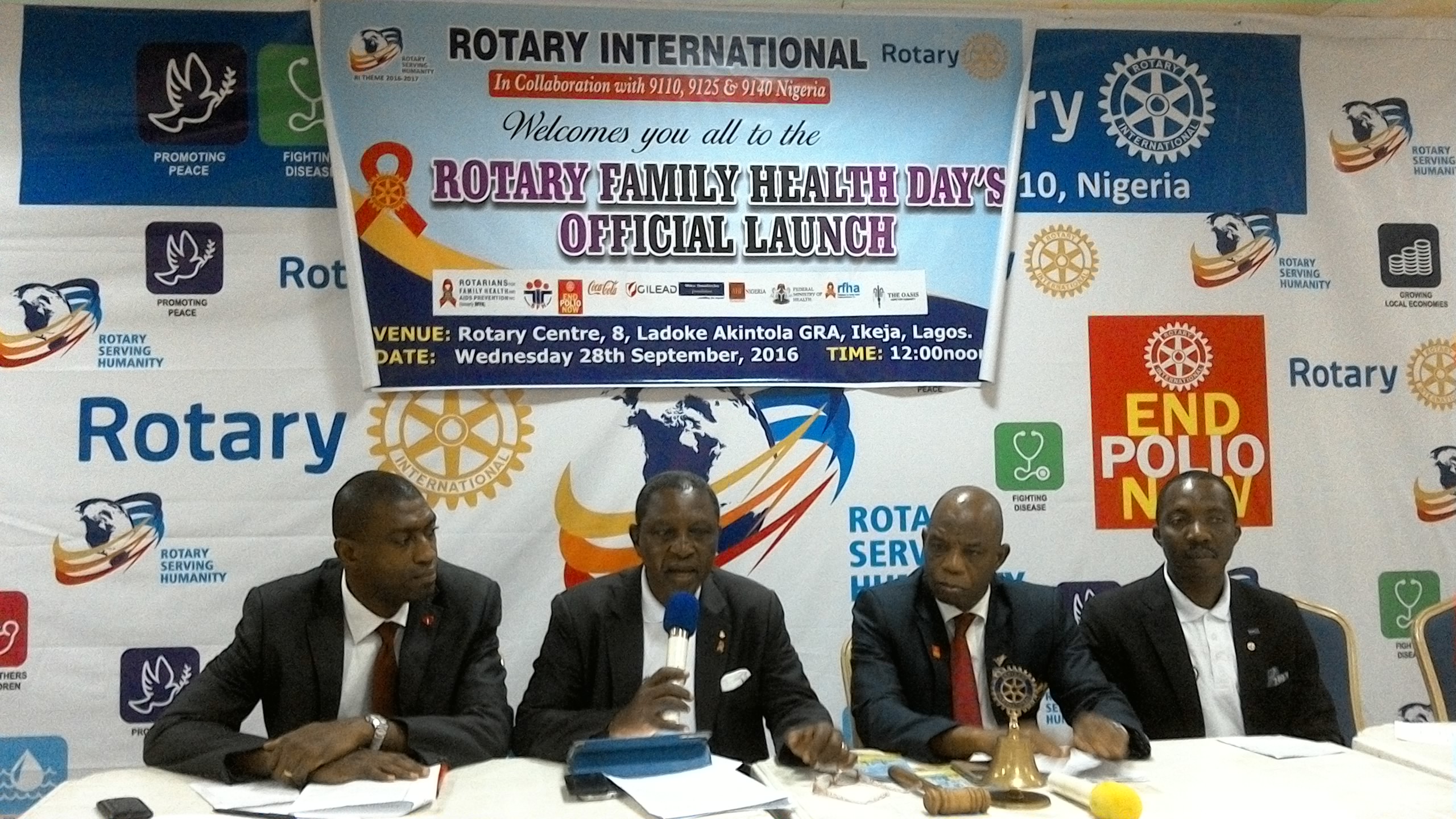People living near oil, gas facilities at higher risk of cancer, respiratory problem

A new study has revealed that people who live near oil and gas facilities could be at a greater risk for cancer and respiratory problem because of hazardous air pollutants emitted by those facilities.
The study published recently by the Colorado School of Public Health at the University of Colorado Anschutz Medical Campus,found out that air pollutant concentrations increased with proximity to an oil and gas facility, as did health risks.
It revealed that people who live 500 feet from an oil and gas site have a lifetime cancer risk eight times higher than the acceptable limit set by the Environmental Protection Agency.
The study also found that risks of respiratory, neurological, hematological and developmental health issues are greater in people who live near oil and gas sites.
“Our results suggest that Colorado’s current regulations that specify a 500-foot distance between a newly drilled oil and gas well and an existing home may not protect people from exposures to hazardous air pollutants that could impact their health,” said Colorado School of Public Health Assistant Research Professor Lisa McKenzie, the study’s author, in a news release.
The study focused the emission of non-methane hydrocarbons, a group of compounds that includes harmful pollutants such as benzene, from oil and gas sites along the Colorado Front Range.
Benzene has been proven to cause multiple forms of leukemia, cardiovascular disease and bone marrow disease.
The study found average benzene concentrations were 41 times higher within 500 feet of a well than they were a mile away. Furthermore, according to the study, benzene concentrations are twice as high at night, when more people are likely to be home, because the emitted pollutants don’t disperse as quickly in the colder night air.
“The study provides further evidence that people living close to oil and gas facilities are at the greatest risk of acute and chronic health issues due to air pollutants emitted by those facilities,” said study co-author Pam Milmoe, Boulder County Public Health Air Quality Program Coordinator.
“The results underscore the importance of having policies that require effective monitoring and reducing emissions from oil and gas facilities, particularly those near homes, schools, and recreation areas.”
The study also corroborated existing data from Colorado that showed children living near oil and gas development have higher risks of childhood cancers and congenital heart defects, as well as data from studies in Pennsylvania and Texas that found a connection between proximity to oil and gas development and miscarried pregnancies, low birth weight, premature birth, asthma, fatigue and migraines.








